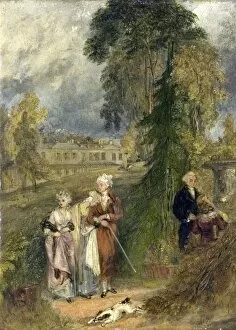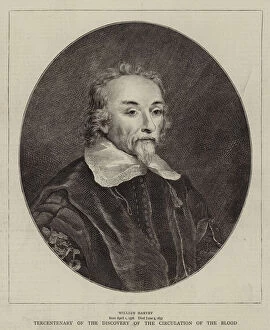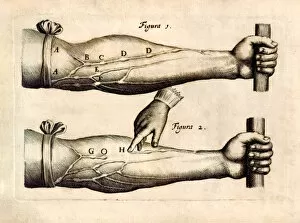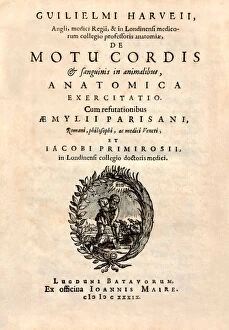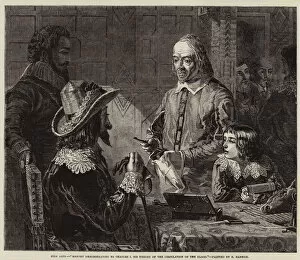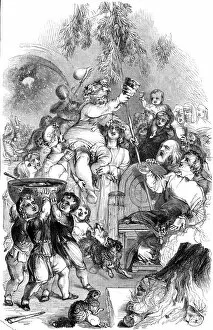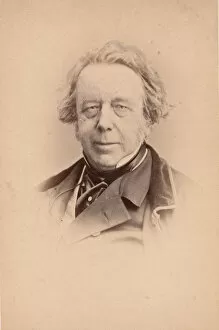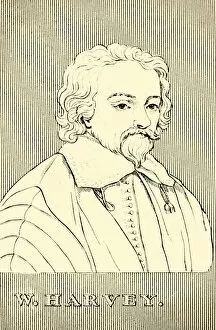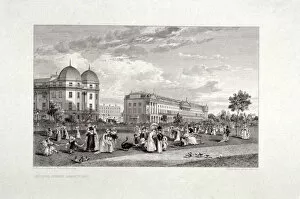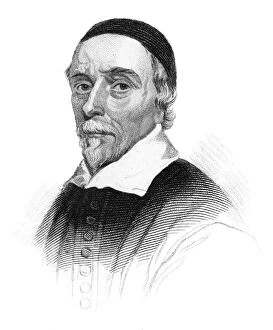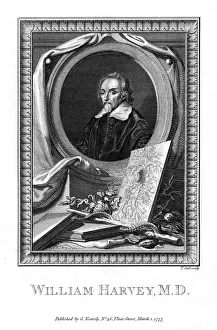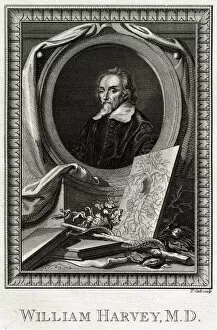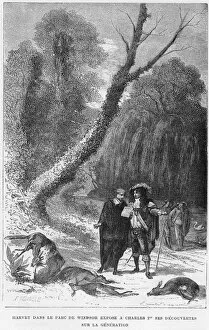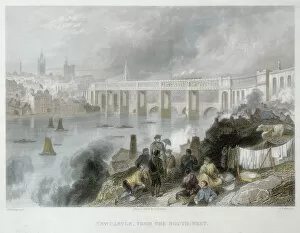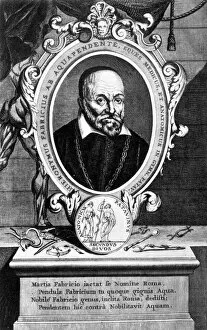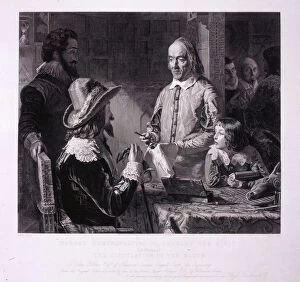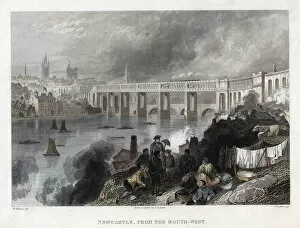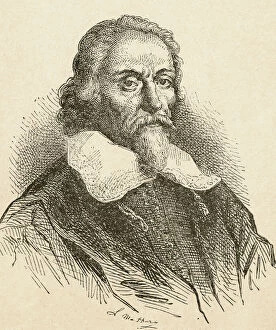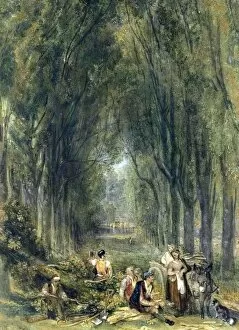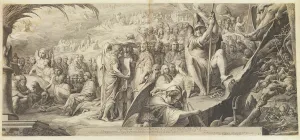William Harvey Collection
William Harvey, an English physician, is renowned for his groundbreaking discoveries in the field of anatomy and physiology
All Professionally Made to Order for Quick Shipping
William Harvey, an English physician, is renowned for his groundbreaking discoveries in the field of anatomy and physiology. Born in 1578 at The Residence of Hayley in Eartham, Sussex, Harvey's most notable work was his book "De Motu Cordi" or "The Motion of the Heart, " where he introduced the concept of blood circulation in animals. This revolutionary theory challenged centuries-old beliefs and laid the foundation for modern medicine. Harvey's dedication to unraveling the mysteries of the human body led him to conduct numerous experiments and observations. His meticulous research eventually culminated in a profound understanding of how blood circulates through our veins and arteries. Engravings depicting Harvey demonstrating this remarkable process became iconic representations of his scientific breakthrough. One such engraving showcases a statue by H Weekes, RA titled "Statue of Harvey, the Discoverer of the Circulation of Blood. " Another engraving portrays William Harvey himself alongside King Charles I during a stroll through Windsor Park. These images capture not only his professional achievements but also highlight his esteemed position within society. A lithograph displays a portrait and autograph capturing both William Harvey's appearance and signature—an intimate glimpse into this brilliant mind that forever changed medical science. Additionally, an engraving commemorating the tercentenary celebration further emphasizes just how significant his discovery was to humanity. William Harvey's contributions continue to shape our understanding today as we study cardiovascular health and develop life-saving treatments based on his findings.

